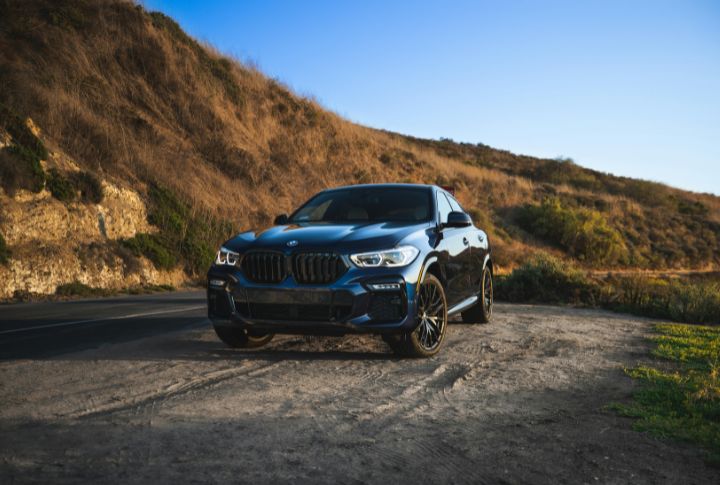
Luxury cars often have high price tags due to the extensive work put into their design, craftsmanship, and manufacturing process. However, some of these vehicles fail to meet expectations and disappoint buyers. Models that struggle may encounter quality issues, safety concerns, and other problems that make their expensive price tags seem unjustified. If you’re considering purchasing a new car, it’s essential to carefully consider before investing in these 15 vehicles.
Jaguar XF
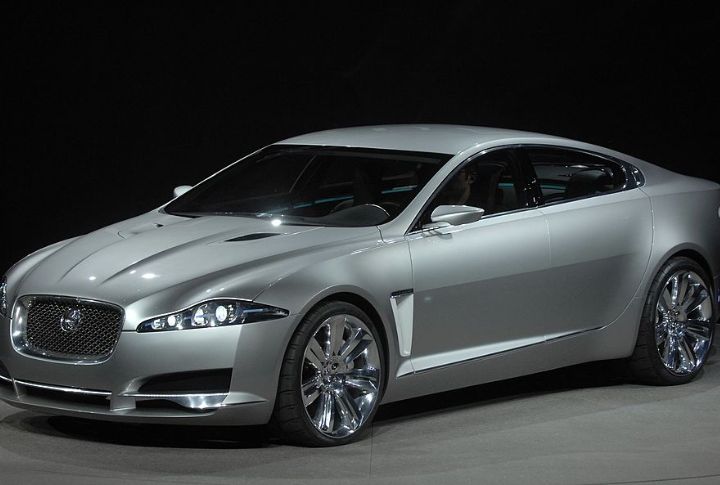
Jaguar launched the XF in a 2007 public show to compete with established German models like the Audi A6 and Mercedes-E Class. Unfortunately, this mid-size sports sedan faced strong criticism despite its all-wheel drive and impressive engine. Earlier models with Jaguar’s InControl Touch Pro infotainment system were reportedly “too complex.” Also, issues like smaller trunk space and high maintenance costs of over $63,154 in five years make it one of the worst luxury cars on this list.
Land Rover Discovery Sport
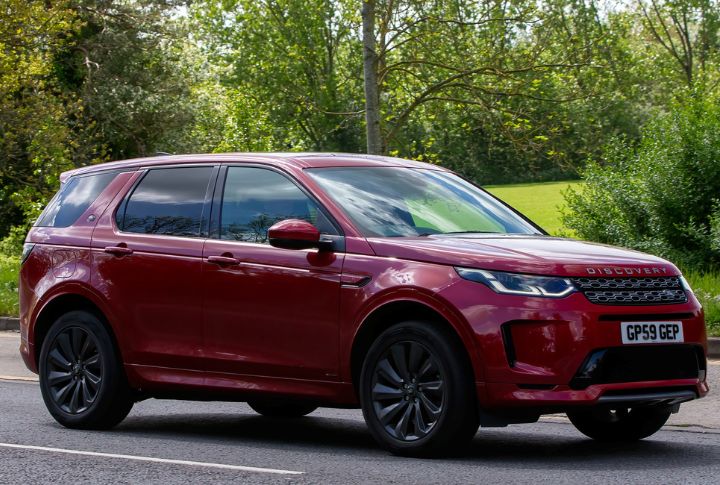
The Land Rover Discovery Sport is spacious enough for growing families or those who frequently need extra passenger space. It has a standard all-wheel drive with a terrain response system for different surfaces. However, competitors have more powerful engines with better acceleration and fuel efficiency—unlike its 21 mpg. Also, this SUV can accumulate up to $54,797 in costs plus a high 45% depreciation rate in five years.
Lincoln Corsair
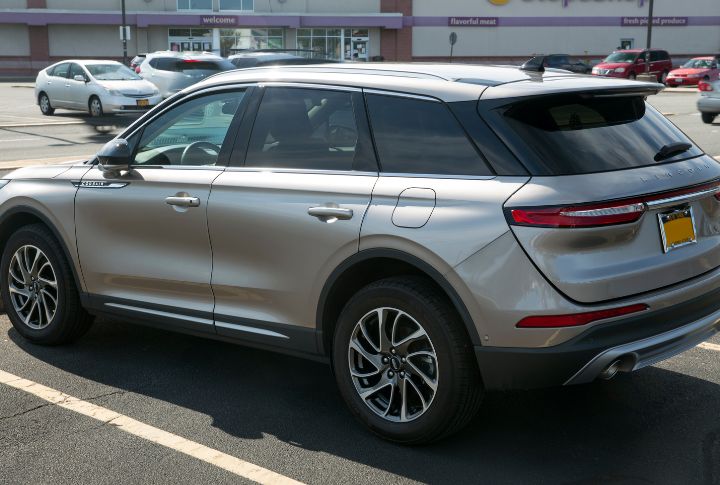
Although the all-wheel-drive Lincoln Corsair has a luxurious cabin made with high-quality materials, some of its optional features are standard in competitors. For respite, buyers can rely on its 2.0-liter turbocharged four-cylinder engine with an optional plug-in hybrid powertrain for short commutes and a gasoline engine for longer trips. Still, maintaining, fueling, and financing this Corsair can reach $46,000 in five years while losing 45% value in that same period.
Audi A8
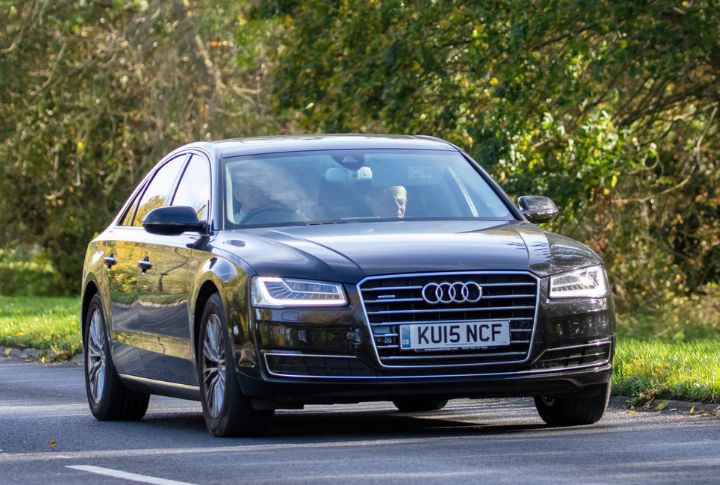
Audi designed this sleek and elegant model to compete in the full-size luxury sedan segment, adding several engine options, including powerful V6 and high-performance TFSI V8. Although the stunning Audi A8 had high-tech features such as digital displays, high-resolution touchscreens, and a customizable ambient lighting system, owners must constantly dip into their wallets to maintain this car. On top of that, critics maintain that while it has the steep price tag of a luxury car, it depreciates faster than other vehicles in its category
BMW 7 Series

This full-size luxury sedan has a hefty price tag but doesn’t match competitors in terms of luxury, performance, and technology. Besides its high depreciation rate and terrible resale value, this car is almost always with the mechanic, incurring unnecessary costs. The 7 Series is an excellent vehicle with a sophisticated design and high-tech features, but it didn’t perform as owners expected.
Cadillac CT6
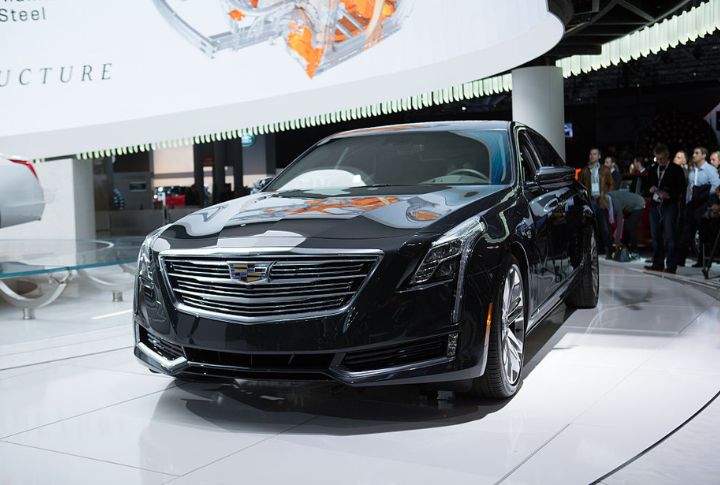
Cadillac discontinued the CT6 in 2020 and replaced it with the Celestiq for several reasons. Despite its luxurious look and professional business car vibe, many owners weren’t comfortable with the high price, considering its reduced value after a few years and the high maintenance. This full-size luxury sedan wasn’t big on fuel efficiency, as there were hybrids with better fuel economy.
Genesis G90
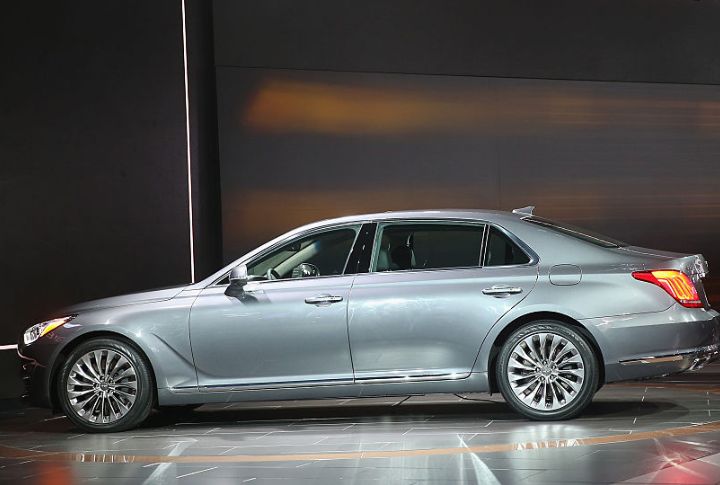
Since Genesis is a relatively new brand compared to the established German luxury marques, the resale value of the G90 is usually lower than that of its competitors. Moreover, it offers a similar level of luxury, performance, and technology at a much higher price tag. According to car critics, the car didn’t meet expectations in several areas, especially speed, features, and handling.
Lexus NX

As a luxury car, this compact crossover SUV has five comfortable seats and decent cargo space for everyday errands or weekend adventures. It also has a moonroof, heated seats, and a premium sound system. For engine options, the NX has a 2.0-liter four-cylinder for performance and a robust fuel-saving hybrid that can complete short commutes on electric power alone. However, these features are standard for the cheaper cars in its category, with better handling and lower depreciation rates
Volvo XC60
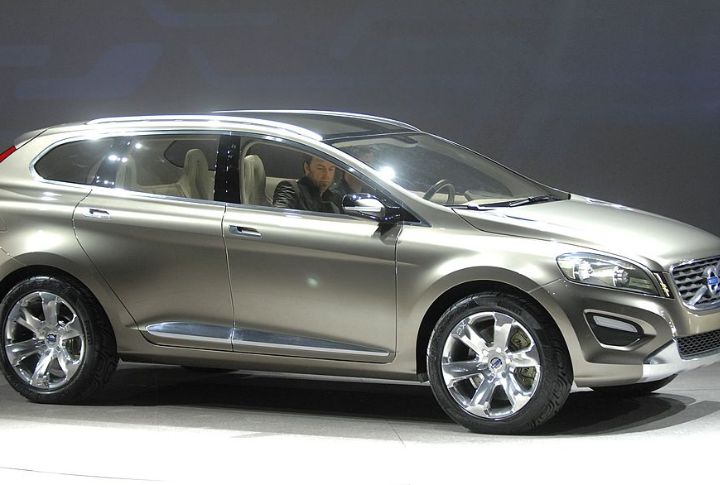
Like several other SUVs on this list, the XC60 offers drivers the same features as others in its category but at a far more exorbitant price. While it handles well, most of its competitors are better options regarding performance and agility. Also, many automobile reviewers believe its comprehensive suite of driver-assistance features like automatic emergency braking, lane departure warning, blind-spot monitoring, and even pilot assist for semi-autonomous highway driving isn’t worth its costly maintenance.
Rolls-Royce Ghost
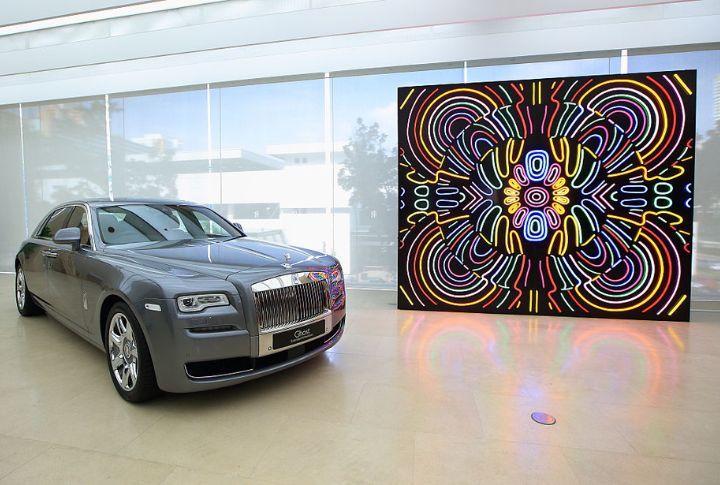
Rolls-Royce built the Ghost as a full-size luxury vehicle for people who prefer sedans with elegant designs, powerful engines, and a luxurious interior. It has a 563 HP twin-turbocharged V12 engine, an eight-speed automatic transmission, and all-wheel drive. One look at these figures, and you’d think the Ghost is perfect! Unfortunately, this ride is overweight and overpriced, with mediocre gas mileage; plus, the routine maintenance trip costs thousands of dollars due to scarce car parts.
Lincoln Continental
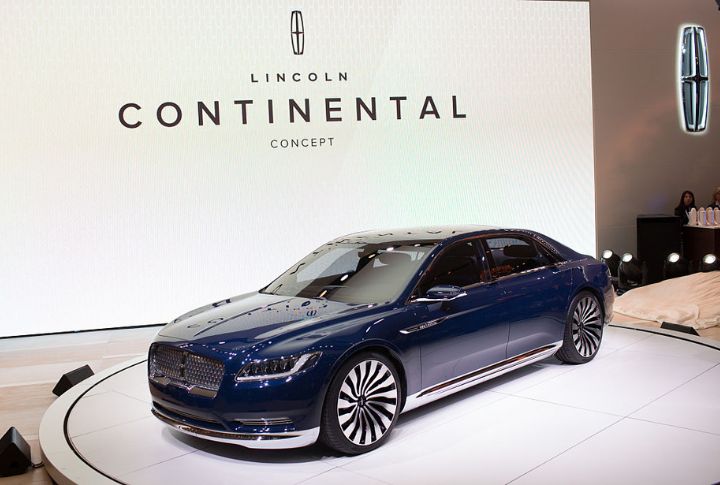
Buyers shy away from the Lincoln Continental for the right reasons, including its high depreciation rate and terrible resale value after a few years. Also, 19 mpg in the city and 26 mpg on the highway means you must be ready for a hefty monthly budget for fuel. The Continental has remained in production since 1961, with the 2024 model starting at $53,340. Maybe it’s
BMW X6
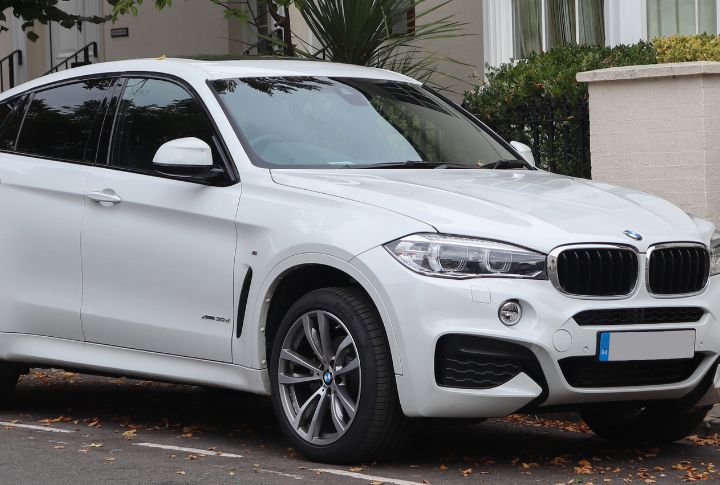
If you have the money to spend regularly on car maintenance, you can go for the X6; if not, stay away from this vehicle. Like most BMWs, this Sportback SUV has a sleek, sporty appearance, but its sloping roofline reduces headroom and legroom for passengers in the rear seats, especially for taller persons. Since the X6’s powerful engines are for performance, be prepared for a high price tag and extra fuel costs. In addition, it needs more cargo space for people who need to move a lot of cargo.
Porsche Cayenne
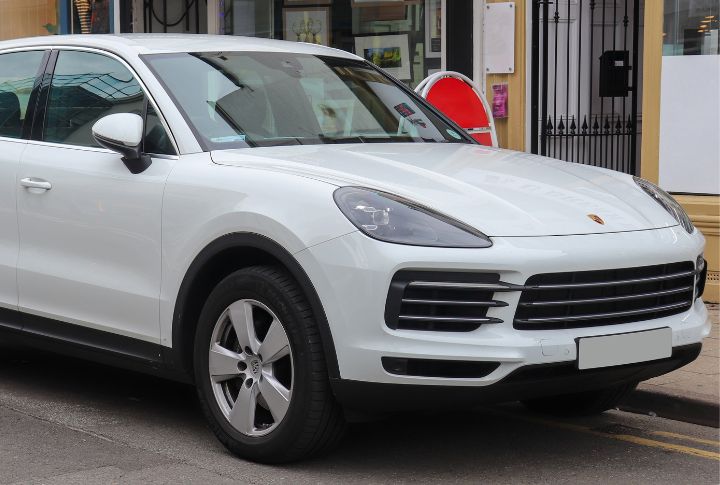
The Cayenne is a costly SUV whose price increases with additional options and features that are standard for other vehicles in its category. Some reviewers find Cayenne’s touch-based controls for climate and other functions less intuitive than physical buttons. Also, buyers who choose the V8 models must deal with the poor fuel economy and frequent trips to the gas station.
Infiniti QX60

The Infiniti QX60 generally receives positive reviews, but this mid-sized SUV has a bad reputation for fuel issues, outdated technology, convenience, and safety. Critics believe a vehicle with an estimated 19 mpg in the city and 25 mpg on the highway shouldn’t cost $51,000. To get the best from the QX60, carefully consider either of the Pure, Luxe, Sensory, or Autograph trims to choose the one that best suits your needs and budget.
Porsche Panamera
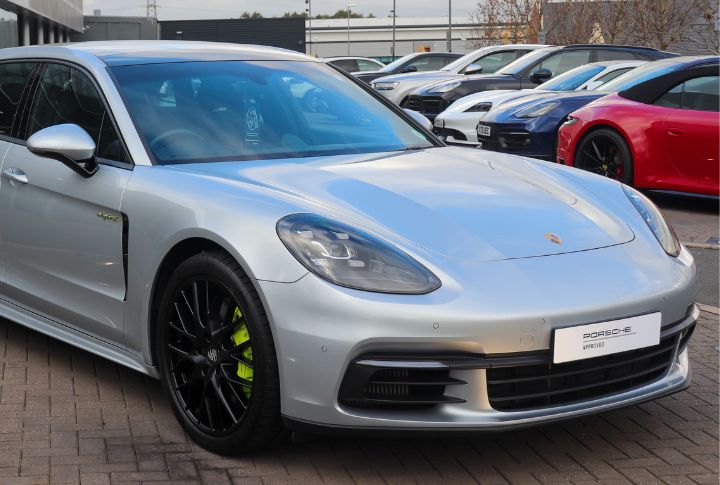
Despite its high performance and practicality, some critics feel the Panamera doesn’t match its price tag. The V8 has poor fuel economy, the rear seat is a bit cramped, and the cargo space is smaller than other luxury sedans. Also, it’s harder to sell at a great price because its high depreciation and maintenance rate give it a terrible resale value.
